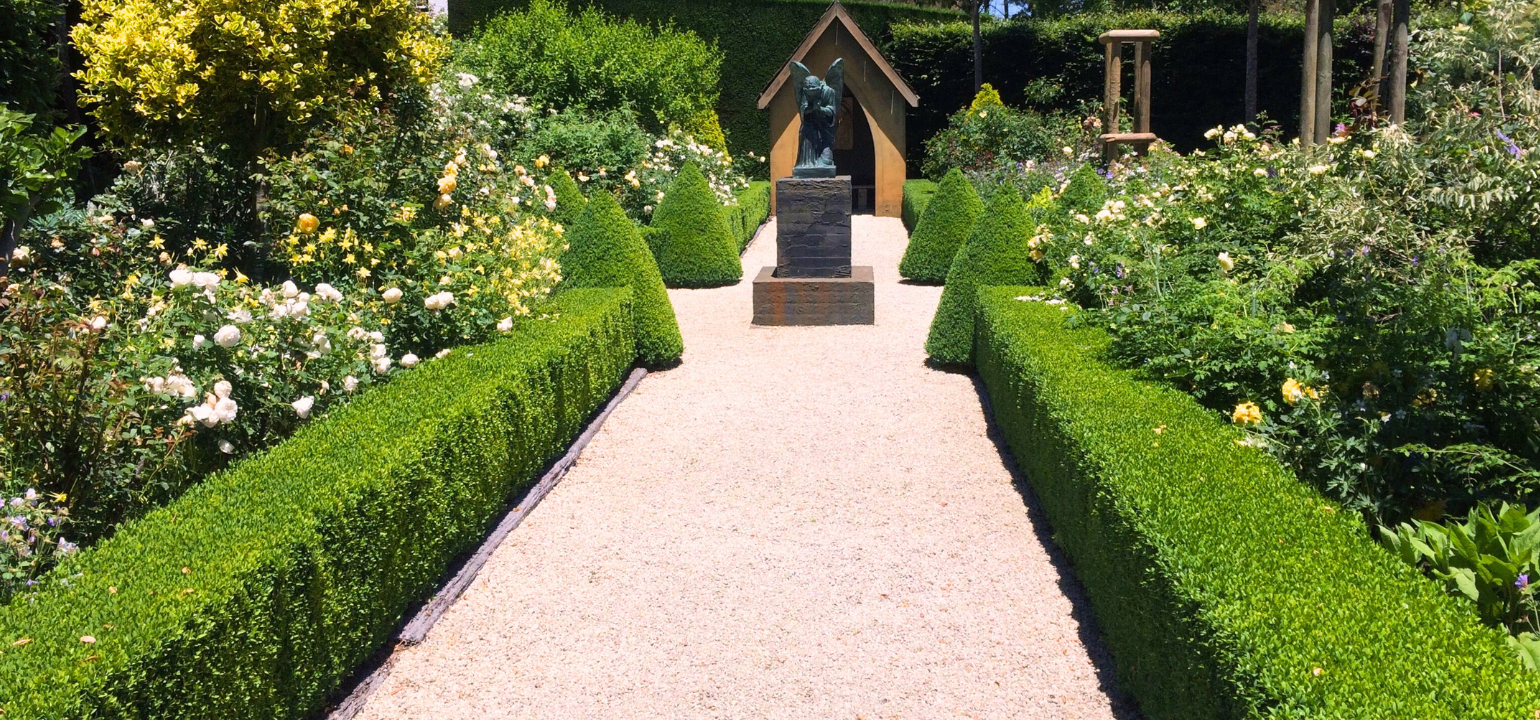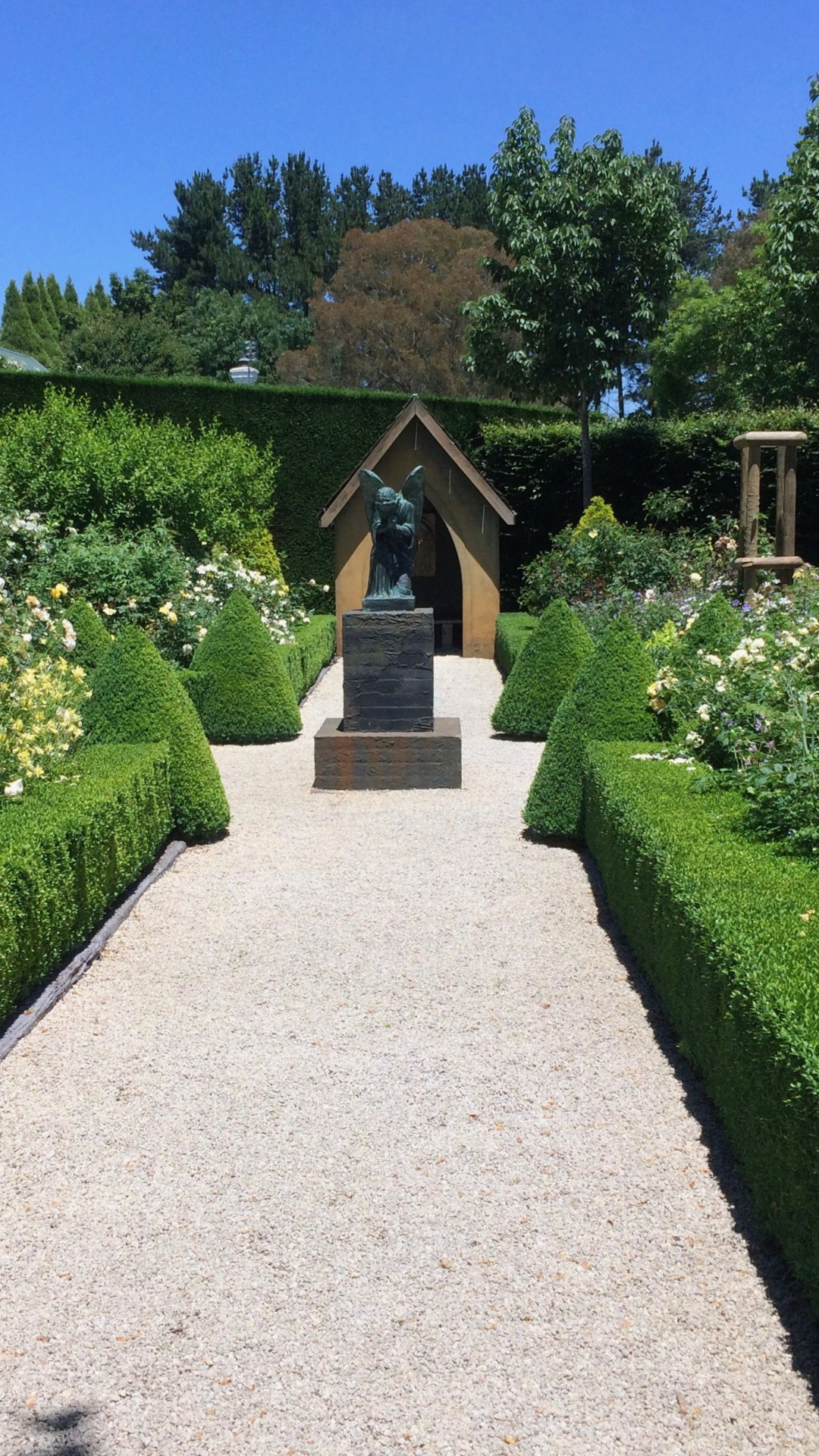

Outdoors
Red Cow Farm
Just a short drive from Little Forest, Red Cow Farm is a must-visit for garden lovers and day trippers alike. Set against the charming rural backdrop of Sutton Forest, this beautifully curated property features an 1820s cottage framed by a riot of colour — a classic Cottage Garden bursting with roses, perennials, and seasonal blooms.
As you wander through the grounds, you’ll discover why many visitors return time and again. The tranquil layout, changing colours, and fresh country air offer not only visual delight but a sense of calm and inspiration. Each section of the garden invites you to slow down, take a breath, and soak up the peaceful energy of this hidden gem in the Highlands.
Don’t forget to keep an eye out for the famous red cows that give the farm its name, they’re as much a part of the experience as the flowers themselves! Whether you're a dedicated horticulturalist or simply looking for a lovely way to spend an afternoon, Red Cow Farm delivers charm, beauty, and a warm welcome all year round.
Box Vale Abandoned Trainline
Just 27 minutes from Little Forest, the Box Vale Tramway offers a unique blend of natural beauty and industrial history. Originally built in 1888 to transport coal from the Nattai Gorge to the main southern rail line, this once-busy tramway was abandoned less than a decade later. Today, the route has been lovingly restored as a walking track, giving visitors a chance to walk in the footsteps of early industry.
One of the standout features is the 84-metre-long Box Vale Tunnel, a hand-cut passage through sandstone that remains intact and walkable. As you follow the trail, you’ll pass through railway cuttings, elevated embankments, and bushland rich with native flora. It's an easy-to-moderate walk that’s both scenic and educational.
Further along, the trail rewards hikers with access to the Nattai Gorge Lookout, offering dramatic views over the rugged gorge and surrounding wilderness. Whether you’re there for the history, the hiking, or simply to enjoy a peaceful escape, the Box Vale Tramway walk is a fascinating day out that reveals a lesser-known side of the Southern Highlands.
Platypus Spotting
Few wildlife experiences are as magical as spotting a platypus in the wild, and the Southern Highlands is one of the best regions in NSW to do just that. Thanks to the Southern Highlands Platypus Conservation Project, efforts are underway to protect and monitor these monotremes, and visitors are encouraged to become part of the story. While platypus are mostly nocturnal, early mornings and late afternoons (especially around dusk) are your best chances to catch a glimpse.
Your most reliable spotting location is along the Wingecarribee River in Berrima, with dedicated monitoring points at River Bend Reserve, Lambies Well, and Stone Quarry Walk. However, sightings have also been recorded across the region in creeks and waterways including Exeter, Burrawang, Robertson, Moss Vale, Sutton Forest, Wildes Meadow, and beyond. These quiet, unspoiled waterways are ideal for a peaceful walk — and who knows, you may just be lucky enough to spot one of these egg-laying, water-loving mammals surfacing for air.
If you’d like to get more involved, the region runs a community-based monitoring program where locals and visitors can help collect valuable data. Simply visit a monitoring site during your walk, spend 5–10 minutes observing the water, and report any sightings of platypus or rakali (native water rat) via a QR code posted at the site. It's a simple but meaningful way to contribute to conservation — and a wonderful excuse to explore the peaceful waterways that make the Southern Highlands so special.
Glow Worm Colony
For a truly magical evening experience, Glow Worm Glen is not to be missed. Just a short walk through peaceful bushland near Bundanoon, this hidden glen comes alive after dark with the soft, sparkling light of native glow worms. It’s one of the Highlands’ most enchanting sights.
To make the most of your visit, plan your walk for sunset. Starting the short trail just before dusk ensures that darkness falls by the time you reach the glen, allowing the glow worms to shine at their brightest. The best time to visit is during the warmer months, especially from December to February, when the colony is most active.
Corbett Gardens
Just 16 minutes from Little Forest, Corbett Gardens in Bowral is a floral haven that comes alive each spring. With more than 75,000 tulips and 15,000 vibrant annuals blooming en masse, this historic park is the beating heart of the Southern Highlands’ iconic Tulip Time Festival, drawing thousands of visitors every year.
Steeped in local history, Corbett Gardens was first established in 1911 thanks to the vision of Mrs Ada Corbett. Today, it remains one of the region’s oldest and most beloved public gardens. It's beautifully maintained with colourful bulbs, manicured lawns, and shaded spots perfect for a peaceful pause in the middle of town.
Whether you're a keen gardener, a photographer, or simply love the beauty of flowers, Corbett Gardens is a joyful and uplifting outing.
